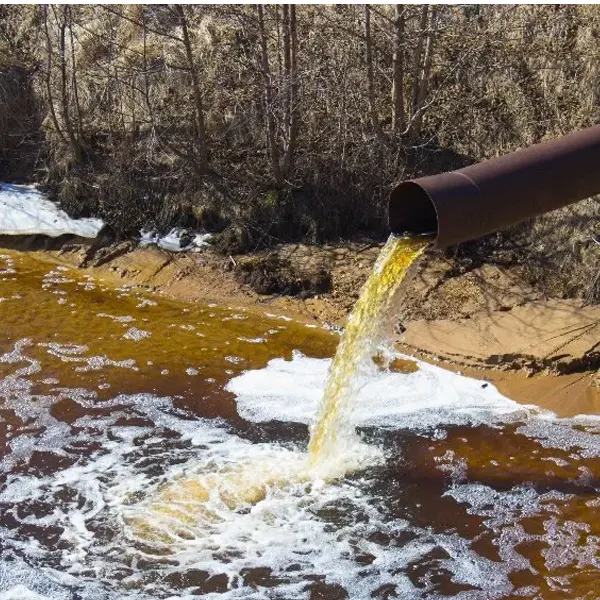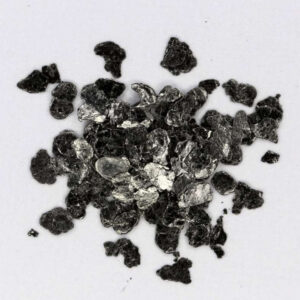Description
Most coal in India originates from the Korb basin (Chhattisgarh), where coal mines, thermal power, and aluminum plants operate. Groundwater in this region faces severe pollution due to land reclamation, leaching of coal-related contaminants, waste disposal, and industrial effluent seepage. This work presents results from monitoring groundwater pollution in the Korba basin from 2012 to 2017. Fluoride, aluminum, manganese, and iron levels exceeded acceptable quality limits across all 28 studied locations, with excessive nitrate, magnesium, calcium, and lead levels in specific sites. Tracking seasonal and temporal fluctuations in the most polluted site, namely Kudurmal, revealed peak solute concentrations during the monsoon period and a sustained 18% increase during the study period. Factorial analysis suggests groundwater contamination arises from both human activities and natural sources. These findings underscore the urgent necessity of devising remediation strategies for the drinking water supply.



